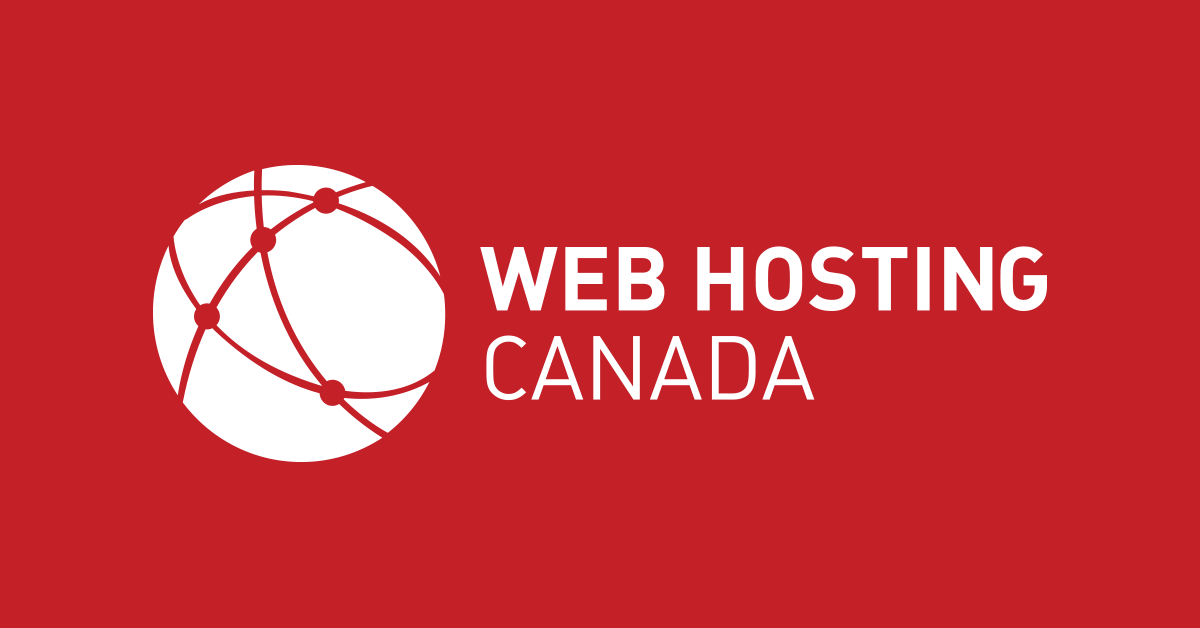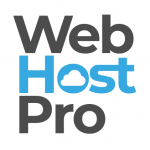Managing Website User Roles and Permissions to Ensure Security, Control Access, and Streamline Collaboration
As experienced web professionals, system administrators, and webmasters, you understand the critical importance of robust security measures and efficient collaboration tools in managing websites. Defining and implementing a clear user role and permission system is paramount to achieving these goals.
Understanding User Roles and Permissions
User roles and permissions dictate what actions different users can perform on your website. This granular control is essential for:
- Enhancing Security: By limiting access to sensitive areas, you minimize the risk of unauthorized changes or data breaches.
- Controlling Access: You can grant specific permissions to individuals based on their roles and responsibilities.
- Streamlining Collaboration: Clearly defined roles ensure everyone understands their tasks and responsibilities, fostering a more efficient workflow.
Leveraging cPanel for User Management
Most web hosting providers offer control panels like cPanel, which provide intuitive interfaces for managing user accounts and permissions. With cPanel, you can:
- Create and Manage User Accounts: Easily add, edit, or delete user accounts, assigning each user a unique username and password.
- Define User Roles: Establish different user roles with varying levels of access. For instance, you can create roles like 'Administrator,' 'Editor,' 'Contributor,' each with specific permissions.
- Assign Permissions: Grant or restrict access to specific features and functionalities based on the assigned user role. This could include managing files, databases, emails, or accessing specific directories.

Best Practices for Effective User and Permission Management
To ensure a secure and efficient website management process, consider these best practices:
- Principle of Least Privilege: Grant users only the permissions they need to perform their tasks, minimizing potential risks.
- Strong Password Policy: Enforce strong and unique passwords for all user accounts to prevent unauthorized access.
- Regular Audits and Reviews: Periodically review and update user roles and permissions to align with evolving needs and security best practices.
- Two-Factor Authentication: Implement two-factor authentication for added security, especially for accounts with elevated privileges.
- Activity Logging: Enable activity logging to monitor user actions and quickly identify and address any suspicious activity.
Choosing the Right Web Hosting Control Panel
Selecting a web hosting provider that offers a robust and user-friendly control panel like cPanel is crucial for managing user roles and permissions effectively. cPanel's intuitive interface and comprehensive features make it an ideal choice for both beginners and experienced users. When evaluating hosting providers, consider factors like:
- Ease of Use: The control panel should have a clear and intuitive interface, simplifying user management tasks.
- Features and Functionality: Ensure the control panel offers granular control over user roles and permissions, allowing you to tailor access based on your specific needs.
- Security: Prioritize providers that offer robust security features and regularly update their systems to protect against threats.
- Support: Opt for providers with reliable customer support to assist you with any queries or challenges related to user management.
By implementing a well-defined user role and permission system, you can significantly enhance your website's security, streamline collaboration, and ensure that only authorized individuals access sensitive information. Leveraging the power of web hosting control panels like cPanel empowers you to manage users and permissions effectively, providing you with the peace of mind that your website is secure and well-managed.















